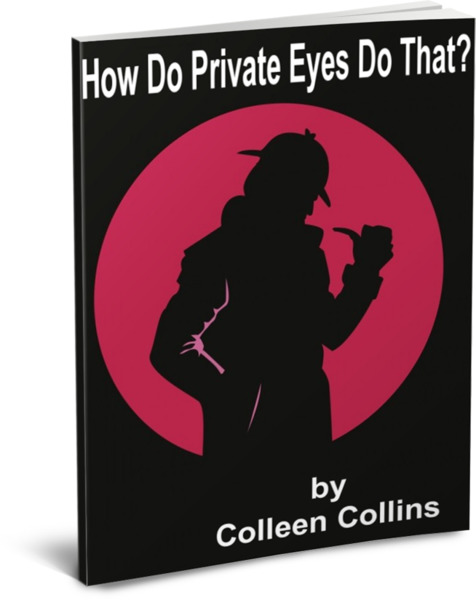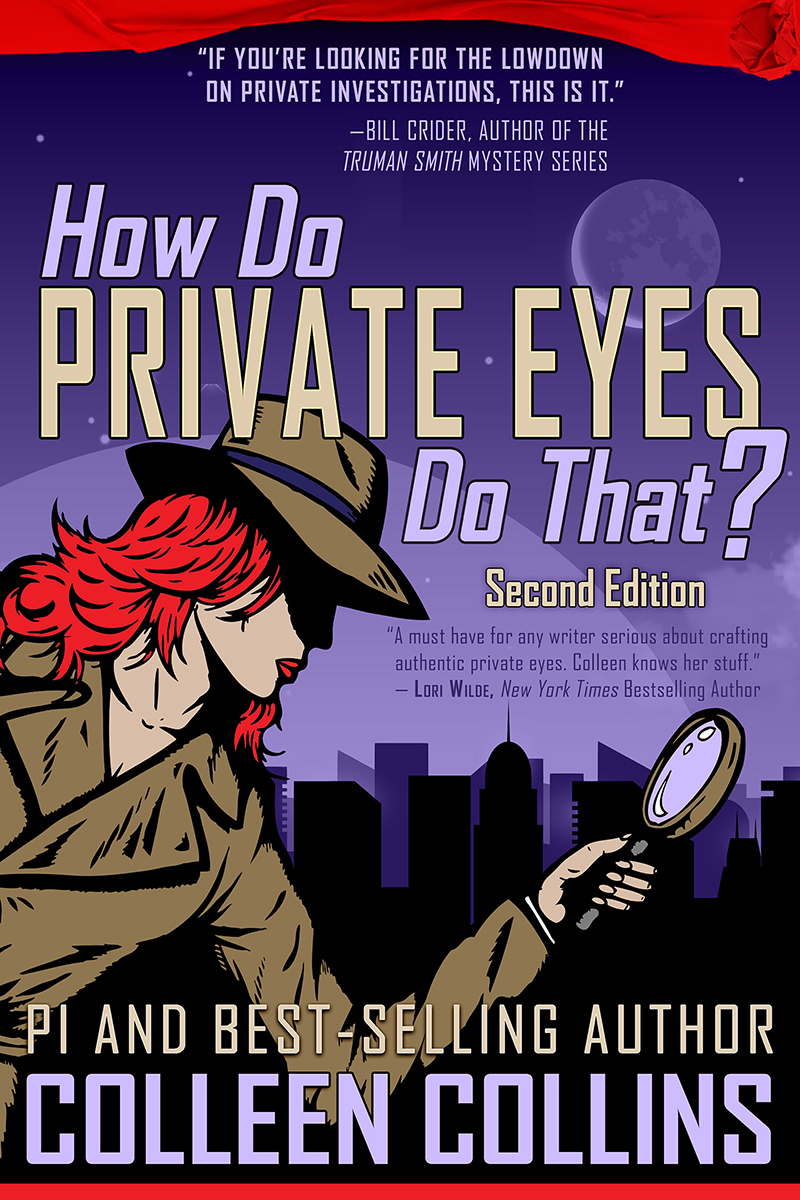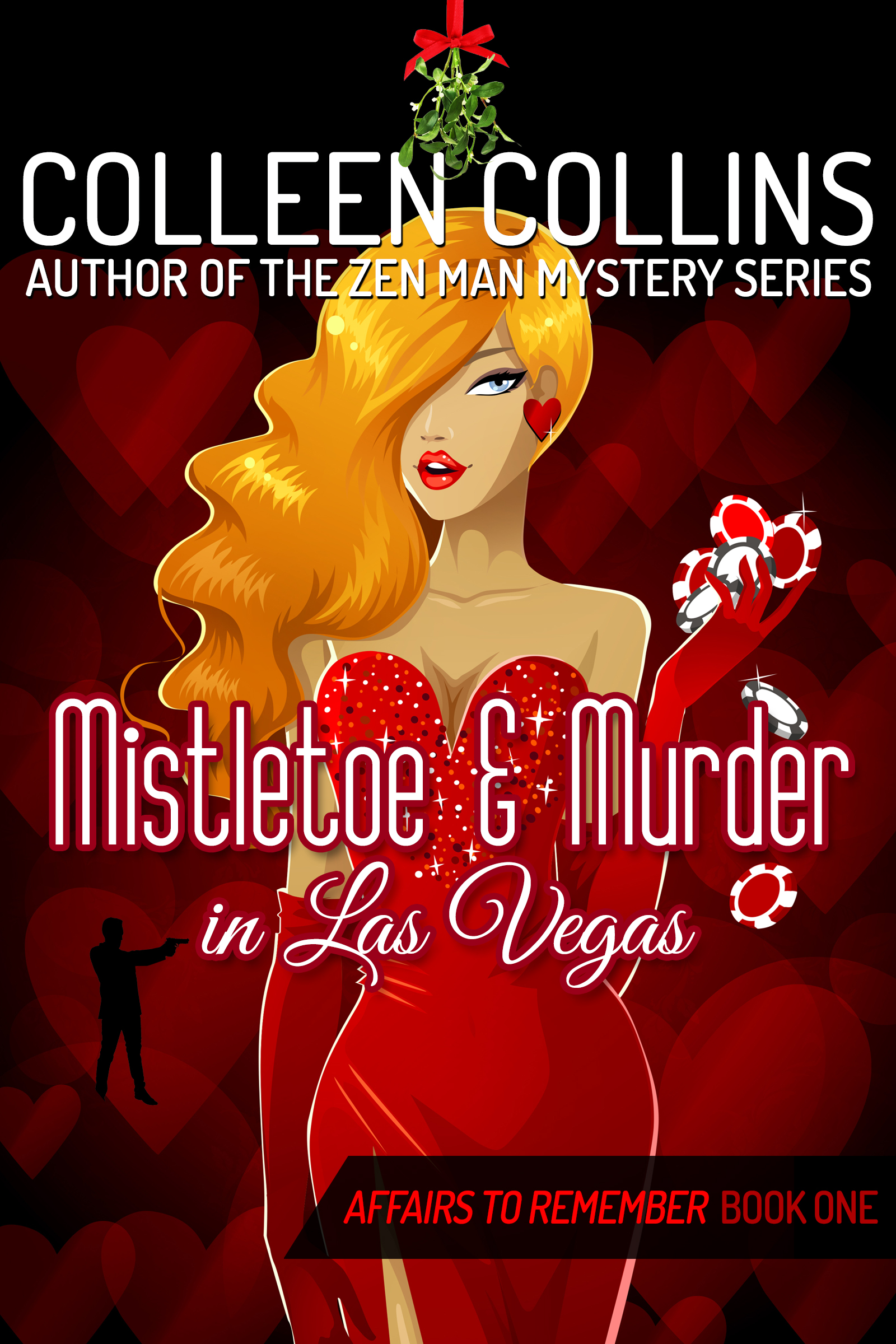In A Lawyer's Primer for Writers: From Crimes to Courtrooms, we cover the in's and out's of trials, lawyers, courtrooms and a whole lot more, including a section dedicated to ten of our favorite legal films, and what they can teach writers.
Below is an excerpt about the classic film Adam's Rib that featured Spencer Tracy and Katherine Hepburn as married lawyers who face off as opposing lawyers in a murder trial.
Book Excerpt
Top Ten Legal Films: Adam's Rib
Adam's Rib (1949): Starring: Spencer Tracy and Katharine Hepburn; directed by George Cukor. A courtroom comedy, with a dose of drama, featuring Katharine Hepburn and Spencer Tracy as husband and wife attorneys who are on opposite ends of a criminal prosecution: Hepburn is defending a woman who shot her husband; Tracy is the prosecutor.
Note: It’s highly questionable that a district attorney’s office would allow one of its prosecutors to try a case if his wife was the defense attorney. More likely, the DA’s office would cite a conflict of interest and have another prosecutor try the case. Nevertheless, Hepburn’s and Tracy’s opposing counsel roles provide wonderful story conflict.
“Oh, what are you gonna do, object before I ask the question?”
Adam’s Rib, interestingly enough, was based on the real-life story of actor Raymond Massey and his wife Adrianne Allen's divorce. They had hired married lawyers William and Dorothy Whitney, who, after the divorce was finalized, divorced each other and married their clients! Keep in mind that William and Dorothy Whitney were divorce attorneys in private practice— unlike the setup in Adam’s Rib where the husband represented the government, and the wife was in private practice.
To prepare for the role, Katharine Hepburn and the director, George Cukor, spent time in different Los Angeles courtrooms to pick up details to help make the acting and story authentic.
Tip for Writers: In general, court hearings are open, which means the public may attend. This is an excellent way to learn about the court system, and watch lawyers, judges, witnesses and others in the course of a trial. At times, the court might close a court proceeding to the public if the judge wishes to protect someone’s dignity, such as a child’s or a distressed witness’s.
Historical Perspective on Adam’s Rib
In 1940, 9 years before Adam’s Rib was filmed, the United States Census identified only 4,447 female attorneys in the US, or 2.4 percent of all lawyers in the country.
After the attack on Pearl Harbor and the US entering WWII, many male lawyers enlisted in the military, which created a void in American law schools. The sudden need for students was filled by women. By 1942, women law students were 4.35 percent of all law students; by 1943, the number of women had increased to 21.9 percent. During WWII, some law firms began hiring women lawyers for the first time, such as the New York firm of Cahill Gordon in 1943, and Shearman & Sterling in 1944.
According to the article “Adam’s Rib as an Historical Document: The Plight of Women Lawyers in the 1940s,” the number of women in law school began decreasing significantly after WWII, and many female lawyers lost their employment positions to returning American solider-lawyers who were given back their former jobs. Also, many returning serviceman obtained funding via the GI Bill for law school, and by 1947 law schools were again churning out a much higher number of male rather than female attorneys.
So by 1949 when Adam’s Rib started playing in movie theaters, female lawyers like Hepburn’s character Amanda Bonner were already vanishing in the US.
Article by Colleen Collins, All Rights Reserved. Do not copy, forward, or otherwise distribute without written permission by the author.






















